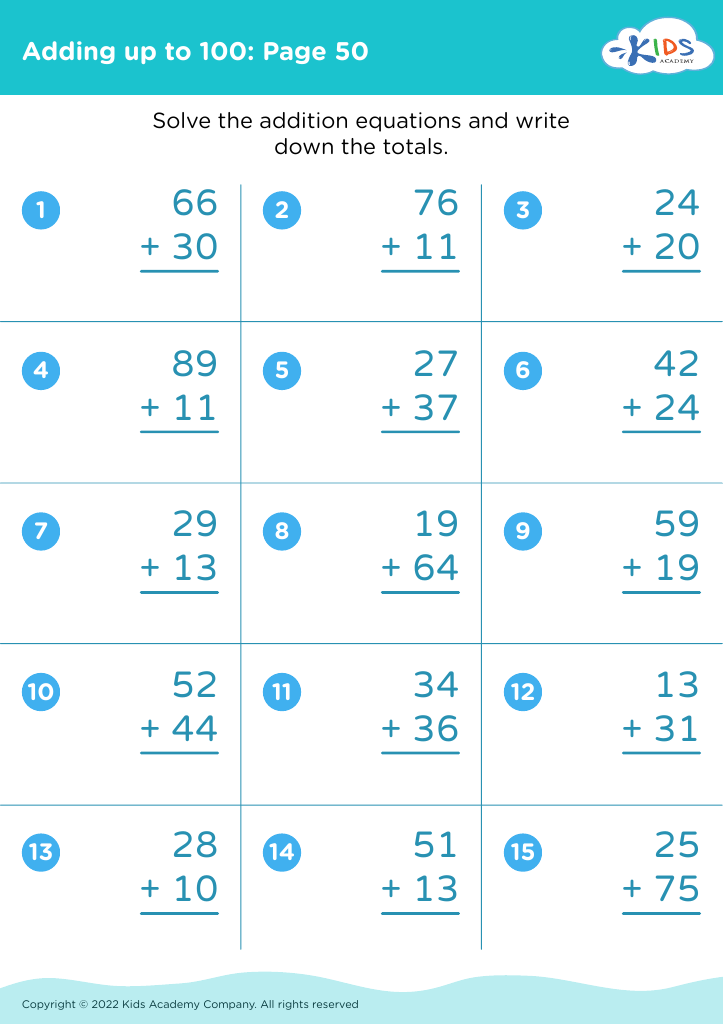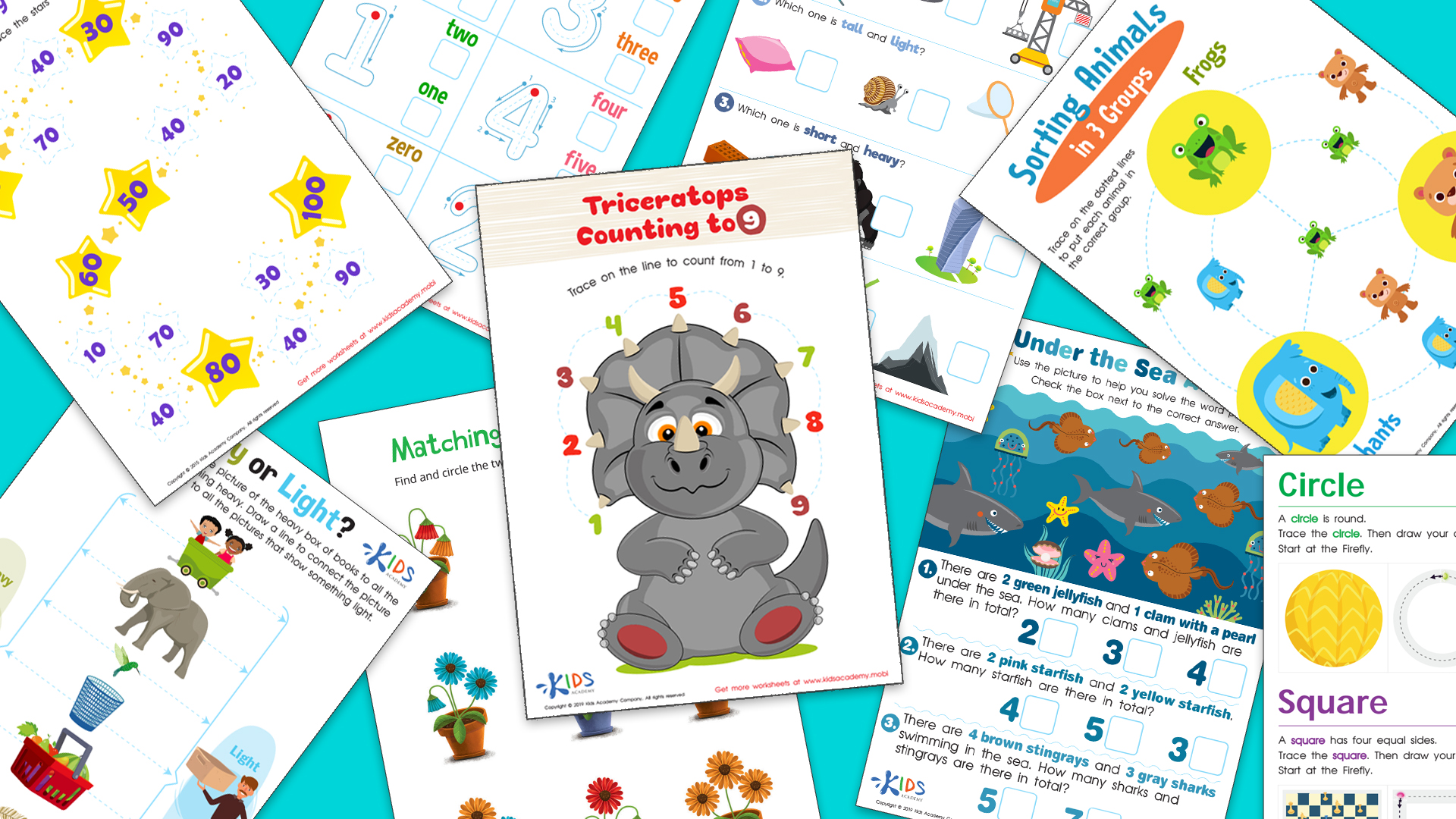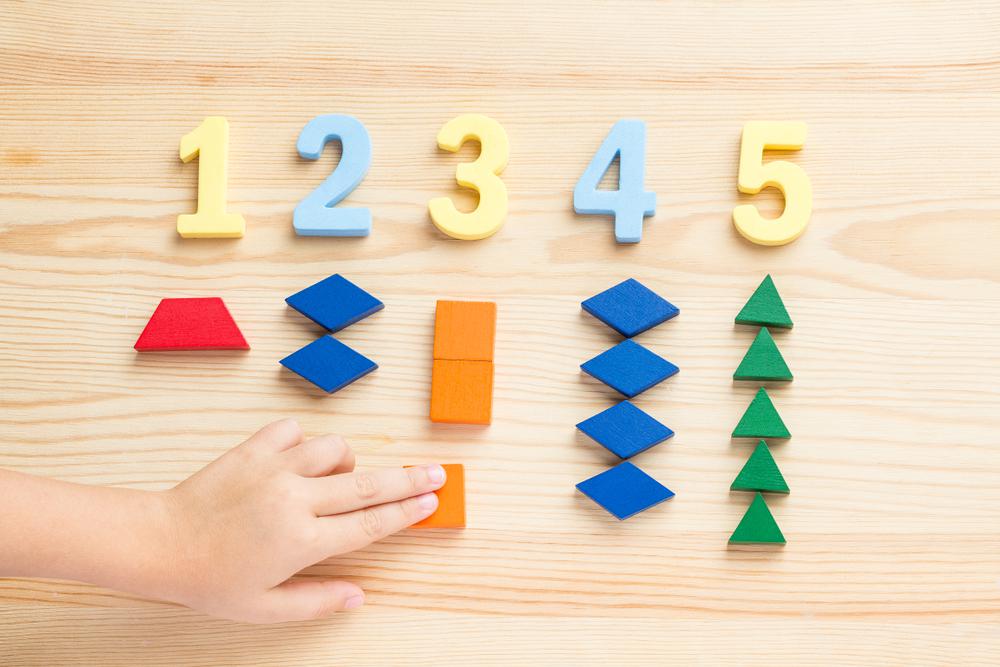Comprehension of patterns Worksheets for Kids
1 filtered results
-
From - To
Question/Answer
How does the mastery of the Comprehension of patterns skill affect a student's performance at an early age?
The mastery of the Comprehension of Patterns skill at an early age significantly enhances a student's performance by improving their ability to recognize, predict, and generate patterns. This foundational skill boosts critical thinking, problem-solving abilities, and mathematical understanding. It facilitates learning in various subjects by enabling students to identify connections and apply knowledge across different contexts, thus fostering academic success.
Why is the Comprehension of patterns skill important for Grade 2 students?
The comprehension of patterns skill is crucial for Grade 2 students as it lays the foundation for understanding mathematical concepts, such as addition, multiplication, and algebra. It enhances problem-solving abilities, encourages logical thinking, and helps in recognizing relationships and making predictions. This skill is fundamental in building a strong mathematical foundation and promotes cognitive development in young learners.
What are some effective activities to train students’ Comprehension of patterns skill when teaching them about Adding up to 100 Misc?
Effective activities include: 1. Number line jumps, where students visualize adding steps to reach 100. 2. Pattern puzzles, identifying sequences that add up to 100. 3. Pairing games, matching numbers that total 100. 4. Real-life story problems, enhancing contextual understanding. 5. Interactive worksheets with missing numbers in equations summing to 100, promoting critical thinking.













